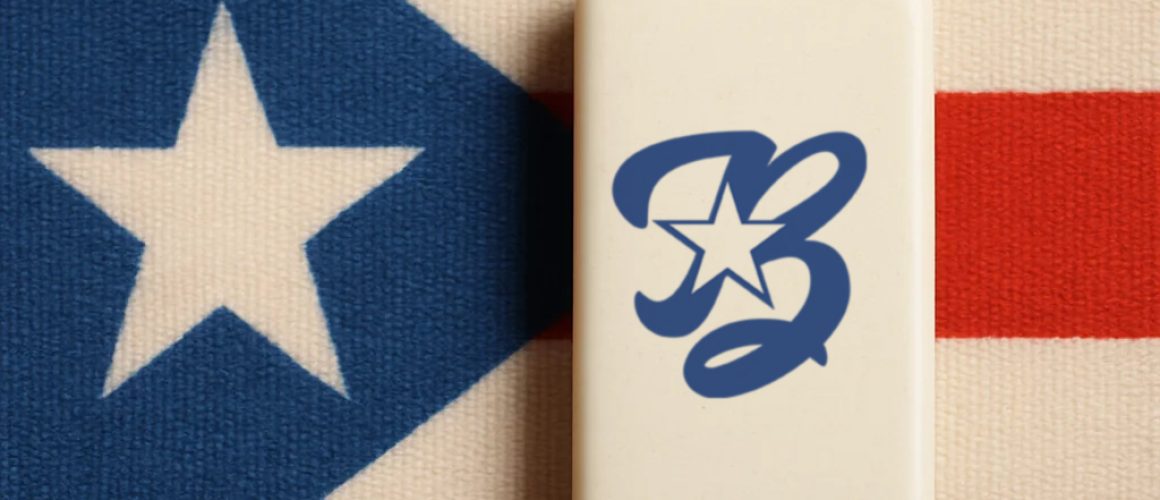Dominoes in Puerto Rican Culture: More Than Just a Game
Imagine the sound: the sharp clack of a domino hitting the table, followed by laughter, banter, and maybe a little playful trash talk. It’s not just a game—it’s a cultural heartbeat. In Puerto Rico, dominoes aren’t just for passing time; they’re part of the island’s soul.
Dominoes have been a cornerstone of Puerto Rican social life for generations. From roadside cafés to abuelita’s backyard, you’ll find people of all ages huddled around a domino table, playing with intensity and joy. But how did this little rectangular tile game become such a big deal?
The roots of dominoes in Puerto Rico stretch back to the 19th century during Spanish colonial rule. While dominoes originated in China over 1,000 years ago, it was the Spaniards who brought the game to the Caribbean. By the late 1800s, as Puerto Rico transitioned from Spanish rule to becoming a U.S. territory after the Spanish-American War in 1898, dominoes were already entrenched in the local culture.
But it wasn’t just about recreation—it became a way of preserving community ties during times of major change.
Over the years, dominoes evolved into a cultural symbol of togetherness, resilience, and island pride. Especially during tough times—like during Hurricane Maria in 2017—people turned to simple joys, like playing dominoes by candlelight, as a way to cope and connect.
Playing the game is an art in itself. It requires strategy, memory, teamwork, and a little bit of sass. There are unspoken rules—like slamming your domino on the table for extra flair—and every neighborhood has that one player who’s known as the reigning champ.
It’s also deeply intergenerational. You might see an 80-year-old schooling a 20-year-old on the finer points of the game, passing down not just skill but stories, jokes, and wisdom.
Key events that elevated dominoes in Puerto Rican life:
Early 1900s – Community centers and social clubs in cities like San Juan and Ponce started organizing informal domino nights.
1950s–1970s – Migration to the mainland U.S. brought dominoes to Puerto Rican enclaves in New York City and beyond. The game became a cultural bridge between island life and diaspora identity.
1990s–Present – Organized tournaments emerged across the island, turning casual games into competitive events. Dominoes even began appearing in art, fashion, and music, becoming a visual symbol of Puerto Rican pride.
In Puerto Rican neighborhoods today, dominoes are still a mainstay at every family gathering, festival, or lazy Sunday. It’s more than a pastime—it’s a lifestyle. Dominoes reflect the Puerto Rican spirit: vibrant, passionate, and a little spicy.
Next time you see a domino table, pull up a chair. Ask someone to teach you. You won’t just learn the game—you’ll get a glimpse into the heart of Puerto Rican culture. Whether you’re Boricua by blood or simply in spirit, the game is an open invitation to sit down, connect, and be part of something timeless.
And hey—if you lose your first round, no worries. You’ll earn more respect if you lose with style than win without it. Just remember to slam that last tile with flair.

